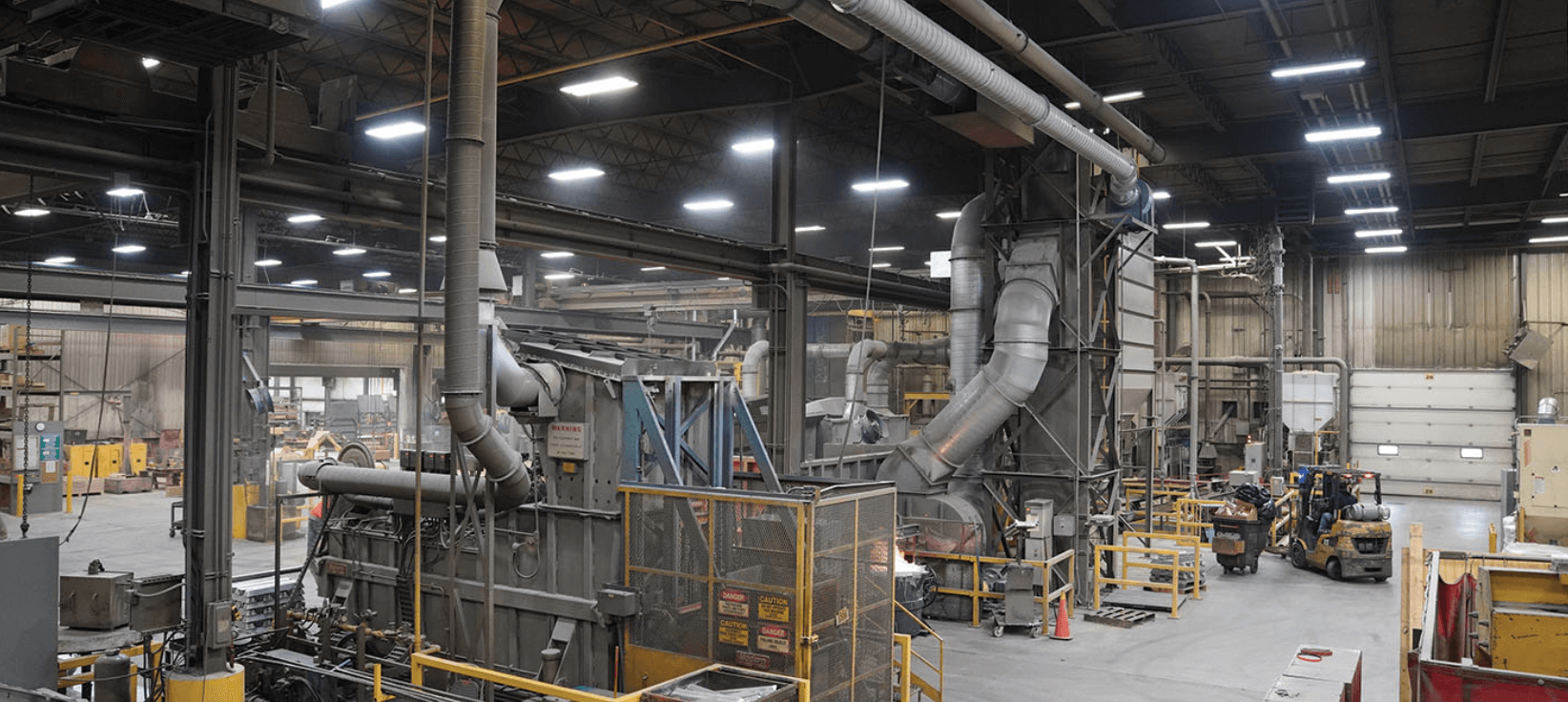What U.S. Metalcasters Need to Know About New Regulations Going into 2024 | Modern Casting
Stephanie Salmon | Modern Casting
What U.S. Metalcasters Need to Know About New Regulations Going into 2024 | Modern Casting
Heading into 2024, several regulations should be on the radar of U.S. metalcasters.
U.S. Department of Labor (DOL) Overtime Rule. The DOL has proposed increasing the overtime exemption threshold regulations applicable to executive, administrative, and professional employees. The current threshold is $35,568 annually, and under this proposed rule, employees making less than $1,059 per week or $55,068 annually would be eligible for overtime pay. It will also increase the earnings thresholds every three years automatically. DOL proposes to raise the total annual compensation needed to qualify for exemption for highly compensated employees from $107,432 to $143,988. Timing: An April 2024 date is anticipated for release of a final rule, with a 60-day implementation deadline.
Heat Illness Prevention Rule. As part of its heat illness prevention rulemaking effort, OSHA released various options of a proposed rule. It is considering requiring a combination of engineering and administrative control measures, including climatizing new and returning employees, altering work schedules, and providing PPE such as cooling vests and wetted garments to protect against heat stress. AFS’s foundry representative participated in a roundtable discussion in September, followed by submission of comments. Timing: OSHA is likely to issue a proposed rulemaking sometime in 2024, and AFS will be submitting comprehensive comments.
Worker Walkaround Representative Designation Process. OSHA issued a proposed rule at the end of August to clarify the right of workers to specify nonemployee third parties or union representatives to accompany an OSHA inspector during the inspection process/facility walkaround, including at nonunion plants, if in the judgment of the inspector “such person is reasonably necessary to an effective and thorough physical inspection.” AFS joined onto coalition comments highlighting significant concerns with the proposal. Timing: We expect a final rule to take effect in the middle of 2024.
Occupational Exposure to Crystalline Silica: Revisions to Medical Surveillance Provisions for Medical Removal Protection. OSHA’s crystalline silica rule for general industry, which went into effect in June 2018, did not include medical removal protections. Medical removal protections require employers to keep workers from exposure to silica when recommended by a medical finding, determination, or opinion. The employee maintains their normal earnings, as well as all other employee rights and benefits. Timing: OSHA is expected to issue a proposed rulemaking in Jan. 2024, and AFS will be submitting comments.
U.S. Environmental Protection Agency
EPA expects to take actions on 22 significant rulemakings during the coming year. Notable actions that will impact metalcasters and on which AFS has been active include:
National Ambient Air Quality Standards for Particulate Matter (PM2.5). EPA published a proposed rule to revise the level of the primary annual PM2.5 standard, repealing a December 2020 decision retaining the standards. It plans to lower the current standard from 12.0 ug/m3 to a range of 9.0 ug/m3 to 10.0 ug/m3. This expansion could put nearly 40% of the U.S. population in areas of nonattainment and risking jobs across the nation. It will have major implications for metalcasters and their ability to obtain permits, expand operations, and build new plants going forward. AFS warned lawmakers and the administration in meetings and letters about the disruptive impact of an expansion and urged that the current standards remain in place. Timing: EPA anticipates finalizing its rule by the first quarter of 2024.
Lead and Copper Rule Improvements. EPA has proposed to expand the requirements of the Lead and Copper Rule, requiring most water systems across the country to replace lead service lines within 10 years and lowering the lead action level from 15 micrograms per liter (parts per billion) to 10 micrograms per liter. There is no change in the amount of lead allowable in manufactured products, including brass and bronze castings. Water utilities anticipate continued need for American-made water infrastructure products, including castings. Timing: EPA is expected to finalize the rulemaking by Oct. 2024.
Power Plant Rule. EPA proposed a rule to change the way power plants operate and would require coal and natural gas-fired power plants to deploy either carbon capture technology or hydrogen power within 10 years to lower emissions. Neither technology has been deployed at the scale needed to support this much power generation within a short timeframe. As proposed, power plants unable to deploy these technologies would be forced to shut down. AFS joined onto comments and in meetings noting that the timeline is not workable as environmental impact studies alone could take more than four years. Timing: EPA anticipates releasing a final rule in April 2024.
PFAS Drinking Water Regulation and Hazardous Designations. EPA proposed national drinking water standards for six types of PFAS in March 2023. It also proposed designating PFOA and PFOS as hazardous substances under Superfund. There could be potential liability impacts for foundries. Timing: EPA could finalize national drinking water standards for certain PFAS in January 2024 and finalize its designation of two types of PFAS as hazardous substances by March 2024.

